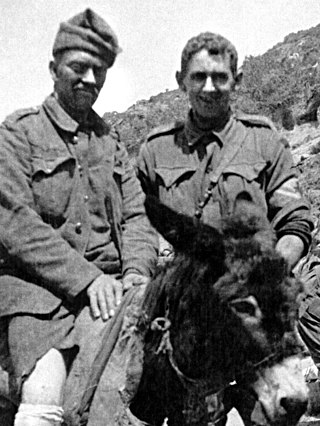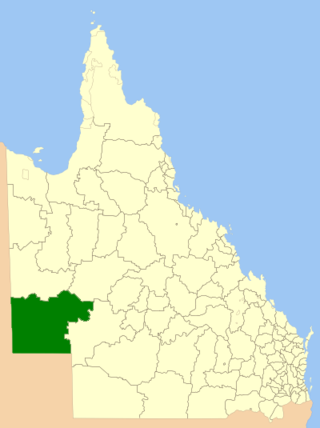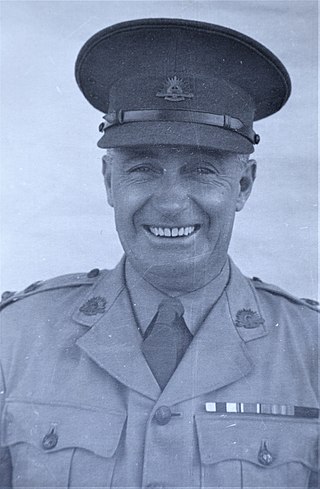
This is a list of local government areas (LGAs) in New South Wales, sorted by region. As of September 2024 there were 128 local government areas in New South Wales, there are 33 local government areas in Greater Sydney and 95 local government areas and 12 regions in Regional New South Wales. All councils are listed below in alphabetical order by region. There is also the Unincorporated Far West Region which is not part of any local government area, in the sparsely inhabited Far West, and Lord Howe Island, which is also unincorporated but self-governed by the Lord Howe Island Board.

The Australia Act 1986 is the short title of each of a pair of separate but related pieces of legislation: one an act of the Parliament of Australia, the other an act of the Parliament of the United Kingdom. In Australia they are referred to, respectively, as the Australia Act 1986 (Cth) and the Australia Act 1986 (UK). These nearly identical Acts were passed by the two parliaments, because of uncertainty as to whether the Commonwealth Parliament alone had the ultimate authority to do so. They were enacted using legislative powers conferred by enabling acts passed by the parliaments of every Australian state. The acts came into effect simultaneously, on 3 March 1986.

John Kirkpatrick, commonly known as John Simpson, was a stretcher bearer with the 3rd Australian Field Ambulance during the Gallipoli campaign – the Allied attempt to capture Constantinople, capital of the Ottoman Empire, during the First World War.

Frederick Birks, VC, MM was a Welsh-born Australian First World War soldier and recipient of the Victoria Cross, the highest decoration for gallantry "in the face of the enemy" that can be awarded to members of the British and Commonwealth forces.

The City of Ryde is a local government area in the Northern Sydney region, in New South Wales, Australia. It was first established as the Municipal District of Ryde in 1870, became a municipality in 1906 and was proclaimed as the City of Ryde in 1992.
The Department for Environment and Water (DEW) is a department of the Government of South Australia. It is responsible for ensuring that the state of South Australia's natural resources are managed productively and sustainably, while improving the condition and resilience of the state's natural environment.

The monarchy of Australia is a key component of Australia's form of government, by which a hereditary monarch serves as the country's sovereign and head of state. It is a constitutional monarchy, modelled on the Westminster system of parliamentary democracy, while incorporating features unique to the constitution of Australia.

The first colonies of the British Empire on the continent of Australia were the penal colony of New South Wales, founded in 1788, and the Swan River Colony, founded in 1829. Over the next few decades, the colonies of New Zealand, Queensland, South Australia, Van Diemen's Land, and Victoria were created from New South Wales, as well as an aborted Colony of North Australia. On 1 January 1901, these colonies, excepting New Zealand, became states in the Commonwealth of Australia. Since federation, the internal borders have remained mostly stable, except for the creation of some territories with limited self-government: the Northern Territory from South Australia, to govern the vast, sparsely populated centre of the country; the split of the Northern Territory into Central Australia and North Australia, and then the quick merger of those back into the Northern Territory; and the Australian Capital Territory, a federal district ceded from New South Wales.

The City of Broken Hill is a local government area in the Far West region of New South Wales, Australia. The area contains an isolated mining city, Broken Hill, located in the outback of New South Wales and is surrounded by the Unincorporated Far West Region. The city is located adjacent to the Silver City and Barrier Highways and the Broken Hill railway line.

Coonamble Shire is a local government area in the Orana region of New South Wales, Australia. The Shire is located adjacent to the Castlereagh Highway and the Castlereagh River.

The Shire of Diamantina is a local government area in Central West Queensland, bordering South Australia and the Northern Territory. Its administrative centre is in the town of Bedourie.
Marshal of the Royal Australian Air Force (MRAAF) is the highest rank of the Royal Australian Air Force, and is currently held by Charles III, King of Australia. The rank was created as a direct equivalent of the British Royal Air Force rank of Marshal of the Royal Air Force. It is considered a five-star rank.
Langford Wellman Colley-Priest MM was an Australian stretcher bearer during the First World War for the 8th Field Ambulance. He was awarded the Military Medal for conspicuous gallantry on the Western Front in 1917. He survived the war, but later drowned in 1928, and his body is believed to have been eaten by a shark.
The Commonwealth of Australia Gazette is a publication of the Government of Australia, and consists of notices required by Commonwealth law to be published. Types of announcements in the Gazette include, appointments, promotions and transfers of persons to positions in the Australian Public Service (APS), previously "Commonwealth Public Service"; creation, dissolution and renaming of boards, departments and commissions within the APS; conferring of awards and honours to persons and organisations by the Government; calling of tenders and awarding of contracts by the Government.

Dorothy Gwendolen Cawood, was an Australian civilian and military nurse. She was one of the first three members of the Australian Army Nursing Service (AANS) to be awarded the Military Medal in the First World War.

Lieutenant Colonel John Charles Robertson was a senior officer in the Australian Army who served in both the First and Second World Wars.
The three branches of the Australian Defence Force are each represented by flags, among other emblems and insignia. Within each service, various symbols fly on individual ships, at bases, camps, the Australian Defence Force Academy and colleges. These include flags, standards, guidons and banners and that denote rank, appointment, corps, formations, regiments, training units and sub-units.
The 1992 Queen's Birthday Honours for Australia were announced on Monday 8 June 1992 by the office of the Governor-General.

Colin Dunmore Fuller (1882–1953) was an Australian farmer and soldier who served in World War One.



















